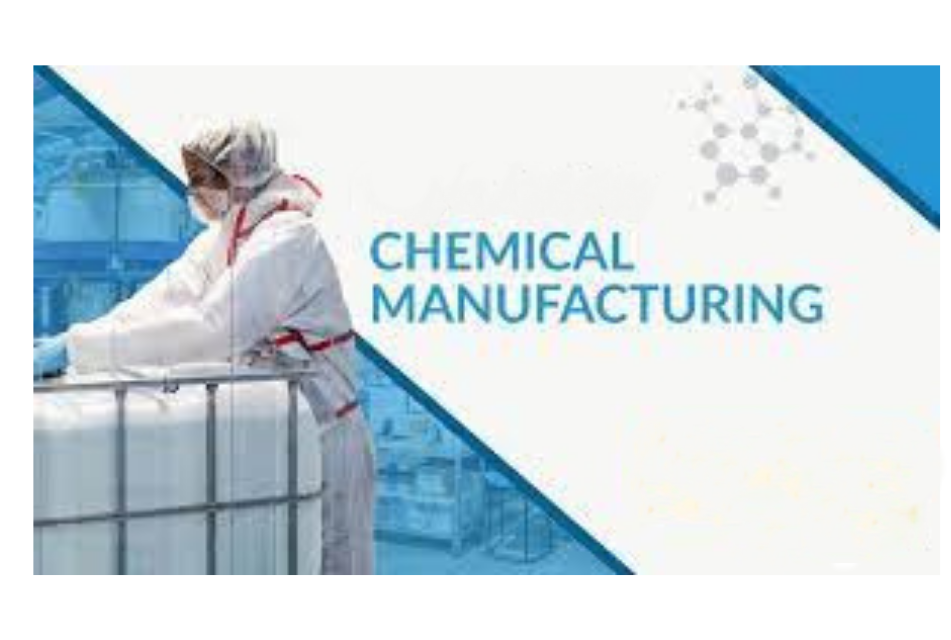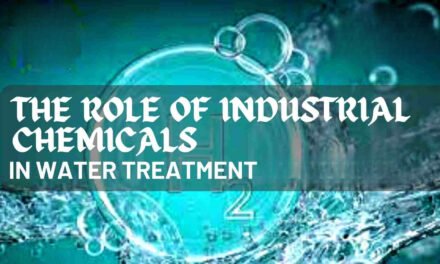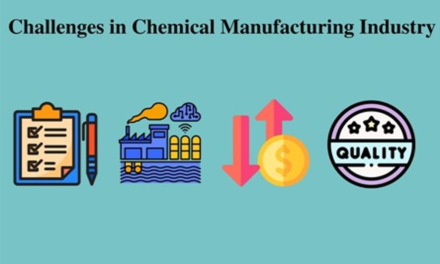The manufacturing of fine chemicals involves complex and precise processes tailored to produce high-purity, single-molecule compounds. These processes often require multi-step synthesis, specialized equipment, and stringent quality control. Below are the key processes used in manufacturing fine chemicals:
1. Multi-Step Organic Synthesis
- Description:
- Sequential chemical reactions are carried out to transform starting materials into the desired fine chemical product.
- Key Features:
- Requires precise control of reaction conditions such as temperature, pressure, and pH.
- Often involves protection and deprotection steps to prevent unwanted side reactions.
- Examples:
- Synthesis of active pharmaceutical ingredients (APIs) like paracetamol.
- Production of complex agrochemicals like fungicides and herbicides.
2. Catalysis
- Description:
- Catalysts are used to accelerate chemical reactions, improve efficiency, and reduce energy consumption.
- Types:
- Homogeneous Catalysis: Catalyst is in the same phase as reactants (e.g., acid or base catalysts).
- Heterogeneous Catalysis: Catalyst is in a different phase, such as solid catalysts in liquid-phase reactions.
- Applications:
- Hydrogenation of aromatic compounds.
- Asymmetric synthesis of chiral compounds for pharmaceuticals.
3. Fermentation
- Description:
- Microorganisms such as bacteria, fungi, or yeast are used to produce fine chemicals through biological processes.
- Key Features:
- Environmentally friendly, using renewable feedstocks.
- Produces complex molecules that are challenging to synthesize chemically.
- Examples:
- Production of antibiotics like penicillin.
- Biosynthesis of vitamins (e.g., vitamin B12) and amino acids.
4. Biocatalysis
- Description:
- Enzymes or whole cells are employed as catalysts to perform highly specific chemical transformations.
- Advantages:
- High selectivity, mild reaction conditions, and reduced environmental impact.
- Examples:
- Enzymatic synthesis of enantiomerically pure drugs.
- Conversion of biomass into fine chemicals like ethanol or lactic acid.
5. Crystallization
- Description:
- A physical process used to purify fine chemicals and control their solid-state properties.
- Key Features:
- Critical for achieving high purity and desired crystal morphology.
- Applications:
- Isolation of APIs in pharmaceuticals.
- Production of fine chemicals for electronics, such as high-purity silicon precursors.
6. Distillation
- Description:
- Separation of chemical components based on differences in their boiling points.
- Key Features:
- Used to purify liquid fine chemicals or recover solvents.
- Examples:
- Purification of specialty solvents like acetonitrile.
- Separation of fine chemicals in agrochemical synthesis.
7. Extraction
- Description:
- Separation of fine chemicals from mixtures using solvents or solid-phase techniques.
- Key Features:
- Selective extraction ensures efficient isolation of the target compound.
- Applications:
- Isolation of natural products like alkaloids or flavonoids.
- Solvent extraction of APIs during pharmaceutical production.
8. Reactive Distillation
- Description:
- A process that combines reaction and distillation in a single unit to enhance efficiency.
- Advantages:
- Reduces energy consumption and reactor size.
- Examples:
- Esterification and transesterification reactions for fine chemicals.
9. Electrochemical Synthesis
- Description:
- Use of electric current to drive chemical reactions, often producing fine chemicals with unique properties.
- Key Features:
- Environmentally friendly, often eliminating the need for harsh reagents.
- Applications:
- Production of high-purity electronic chemicals.
- Synthesis of intermediates for pharmaceuticals and agrochemicals.
10. High-Performance Chromatography
- Description:
- Advanced separation techniques are used to purify fine chemicals to achieve the required specifications.
- Key Features:
- Ensures high-purity products by removing impurities or isomers.
- Applications:
- Purification of peptides, oligonucleotides, and other biochemicals.
11. Photochemical Reactions
- Description:
- Chemical reactions are initiated or accelerated using light, often UV or visible light.
- Advantages:
- Enables unique transformations that are difficult or impossible through conventional methods.
- Examples:
- Synthesis of vitamin D derivatives.
- Photocatalytic oxidation reactions.
12. Continuous Flow Chemistry
- Description:
- Reactions are conducted in a continuous stream rather than batch reactors.
- Key Features:
- Improved safety, scalability, and efficiency.
- Applications:
- Large-scale synthesis of APIs and agrochemicals.
- Production of hazardous intermediates with minimized risk.
13. Solid-Phase Synthesis
- Description:
- Chemical reactions are performed on a solid support, commonly used for peptides and oligonucleotides.
- Advantages:
- Simplifies purification steps and enables automation.
- Examples:
- Peptide synthesis for biopharmaceuticals.
- DNA and RNA synthesis.
14. Supercritical Fluid Extraction
- Description:
- Uses supercritical fluids (e.g., supercritical CO₂) to extract fine chemicals.
- Advantages:
- Non-toxic, efficient, and environmentally friendly.
- Applications:
- Extraction of natural flavors and fragrances.
- Isolation of pharmaceutical intermediates.
15. Solvent-Free Synthesis
- Description:
- Reactions are performed without the use of solvents to minimize environmental impact.
- Advantages:
- Reduces waste and cost while enhancing safety.
- Examples:
- Green synthesis of fine chemicals in the pharmaceutical and agrochemical industries.
16. Purification Techniques
- Distillation: For separating volatile fine chemicals.
- Membrane Filtration: For separating components based on molecular size.
- Crystallization: For obtaining high-purity solid products.
Quality Control and Analytical Techniques
- HPLC (High-Performance Liquid Chromatography):
- For assessing the purity of fine chemicals.
- GC (Gas Chromatography):
- For analyzing volatile compounds.
- NMR (Nuclear Magnetic Resonance):
- For structure elucidation and verification.
- Mass Spectrometry (MS):
- For molecular weight determination and impurity profiling.
Conclusion
Manufacturing fine chemicals involves a combination of advanced chemical, physical, and biological processes to achieve the desired purity and specificity. These processes are often customized to the application and require stringent quality control measures to ensure consistency and reliability. As industries like pharmaceuticals, electronics, and biotechnology grow, the demand for innovative and efficient fine chemical manufacturing processes will continue to expand.
Hashtags
#FineChemicalsManufacturing #SpecialtyChemicalsProduction #HighValueChemicals #CustomChemicalSynthesis #PrecisionChemicals #BatchProduction #ContinuousManufacturing #ChemicalSynthesis #CatalysisInChemicals #HighPurityManufacturing #ChemicalPurification #SolventExtraction #Chromatography #DistillationProcesses #SeparationTechniques #ProcessOptimization #ChemicalEngineering #QualityControlInChemicals #AdvancedManufacturingTechniques #SmartManufacturing#GreenChemistryInManufacturing #SustainableManufacturing #TechInChemicals #AutomationInManufacturing #DigitalManufacturing #SafeChemicalsManufacturing

















